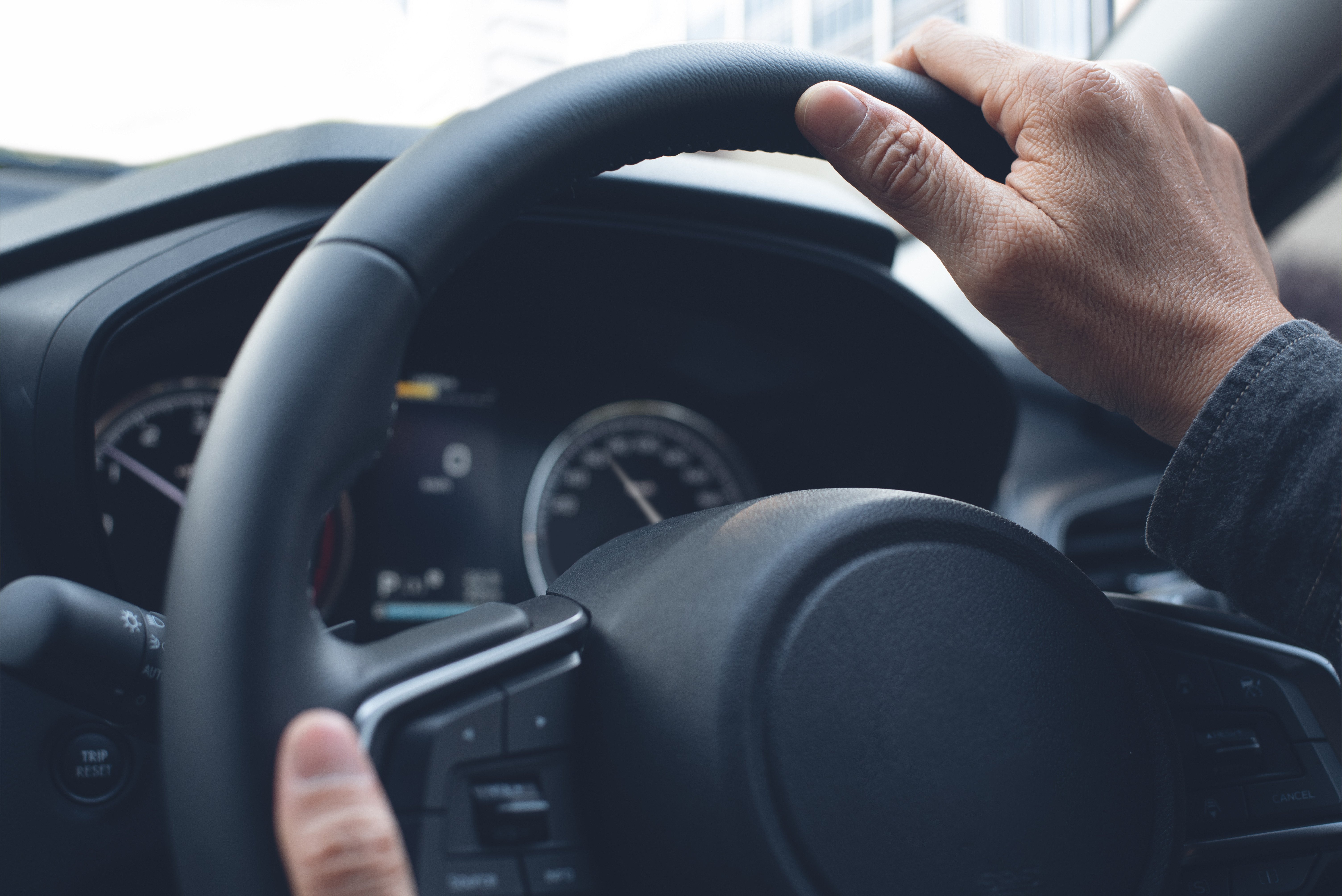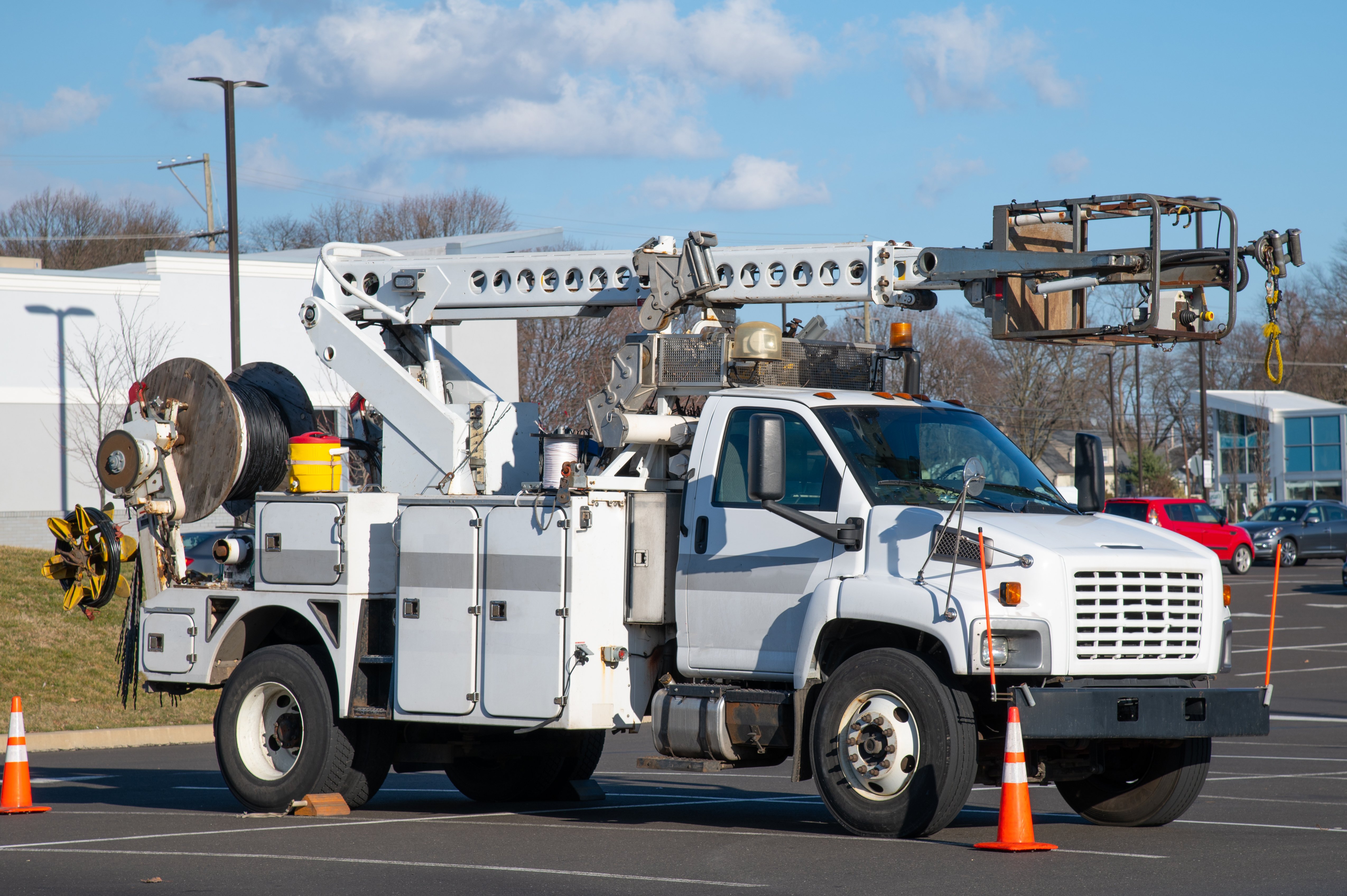
Drivers spend less than 1% of their time backing up, but a surprising 30 to 40% of all crashes happen when vehicles are in reverse. What's more, approximately 210 people die from backing incidents each year, mostly children under the age of 5. For both new and experienced drivers, driving in reverse continues to be the most dangerous move you can make behind the wheel.
While heavy-haul drivers are often given a great deal of instruction on how to maneuver their trucks in reverse gear safely, much less attention is given to drivers of light- and medium-duty vehicles. However, learning more about the hazards of backing up and how to avoid them is one of the best lessons every driver can (and should) receive.
The Danger of Driving in Reverse
Driving in reverse is hazardous for several reasons. For starters, your visibility is extremely limited. Typically, when you’re driving, your body is facing the same direction that you are moving, but when backing up, you’re looking through a window behind you. This means turning your body and, in most cases, taking one hand off the steering wheel.
And, since you’re usually not traveling at a very high rate of speed or going a long distance, it’s easy to take safety for granted. Even if you’re playing it safe and using mirrors to help navigate into (or out of) a space, the reflection in the mirrors is distorted and doesn’t give an accurate depiction of the depth of field around you.
Of course, driving in reverse also affects how well you can maneuver your vehicle, and the larger the vehicle or longer the bed, the more noticeable this becomes. Since your front axle normally leads the car or truck, the rear wheels are designed to follow. Putting the vehicle in reverse changes that dynamic entirely and makes it more difficult to maneuver — usually at a time when you are in a confined space.
Backing up also creates more blind spots, which can be particularly challenging for medium-duty vehicles that may already have blind spots up to 160 feet behind them.
Adopting Best Practices for Reverse Driving
Knowing the hazards of driving in reverse is a good first step toward being able to avoid danger.
Smith System uses the same Smith5Keys® principles for reverse driving as it does for moving forward, so learning how to implement those practices into your driving your light-to-medium-duty vehicle can benefit you whether you’re going backward or forward. Here’s how to use those principles to create best practices when driving in reverse:
No. 1: Aim High in Steering®
This means planning ahead and looking for parking spaces that won’t require you to back out of them. Avoiding backing up eliminates the concern of backing collisions, so try to find a pull-through spot, even if it means you might have to walk farther once you park. If that’s not possible, think about how you’re going to get out of that space. Look at objects that might be in the way, and choose your space accordingly.
No. 2: Get the Big Picture®
Backing accidents typically happen for one of two reasons: the driver didn’t see an object, or they misjudged the distance between their vehicle and another object. Before putting your light- or medium-duty vehicle into reverse, know what's around you. Know exactly what your next move will be before you make it.
No. 3: Keep Your Eyes Moving®
Looking around at the space just outside your vehicle will tell you what you need to know to handle the situation. In any traffic situation — and particularly in parking lots — things are constantly changing. Keeping your eyes moving and watching for what is happening in front, beside, and around you can give you the time to react if there’s a problem and can keep your vehicle crash-free.
No. 4: Leave Yourself an Out®
In any traffic environment, space is one of your best allies. Leaving yourself plenty of space to maneuver minimizes the risk of a collision. Look for a parking space that gives you the most space from other vehicles and will allow you to get in and out of the space easily — preferably without backing up.
No. 5: Make Sure They See You®
In today’s distracted society, this has become a bigger challenge — but that’s also why it is more important. Look for people and cars who aren’t looking for you; they may be walking or driving behind your vehicle and not paying attention as you are pulling out or backing out. Use mirrors and backup cameras to help see what’s behind you, and give a friendly honk of the horn if you realize that they aren’t paying attention.
Driving in reverse is something that’s best avoided, but since that isn’t always possible, it's important to learn how to back up your light- or medium-duty vehicle in a way that keeps you and others safe.










